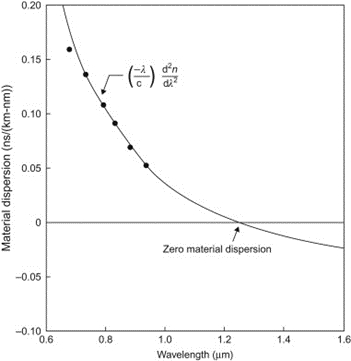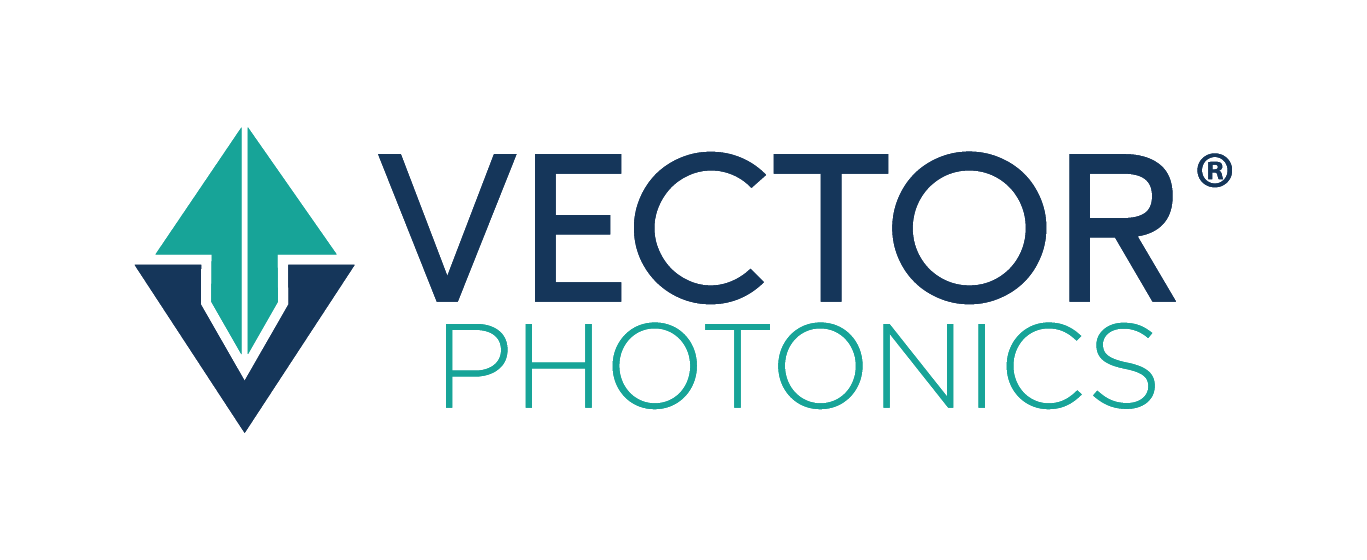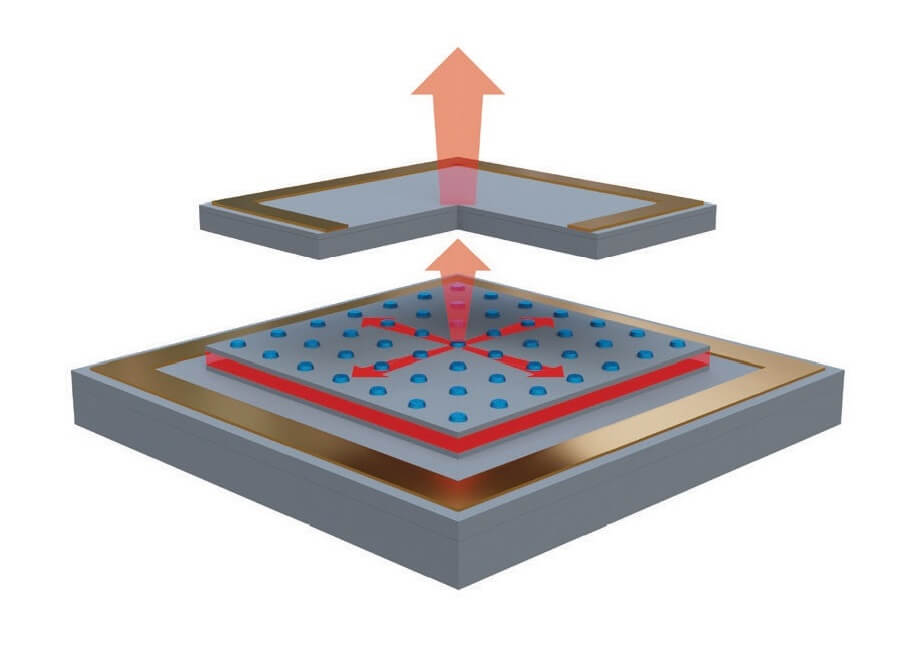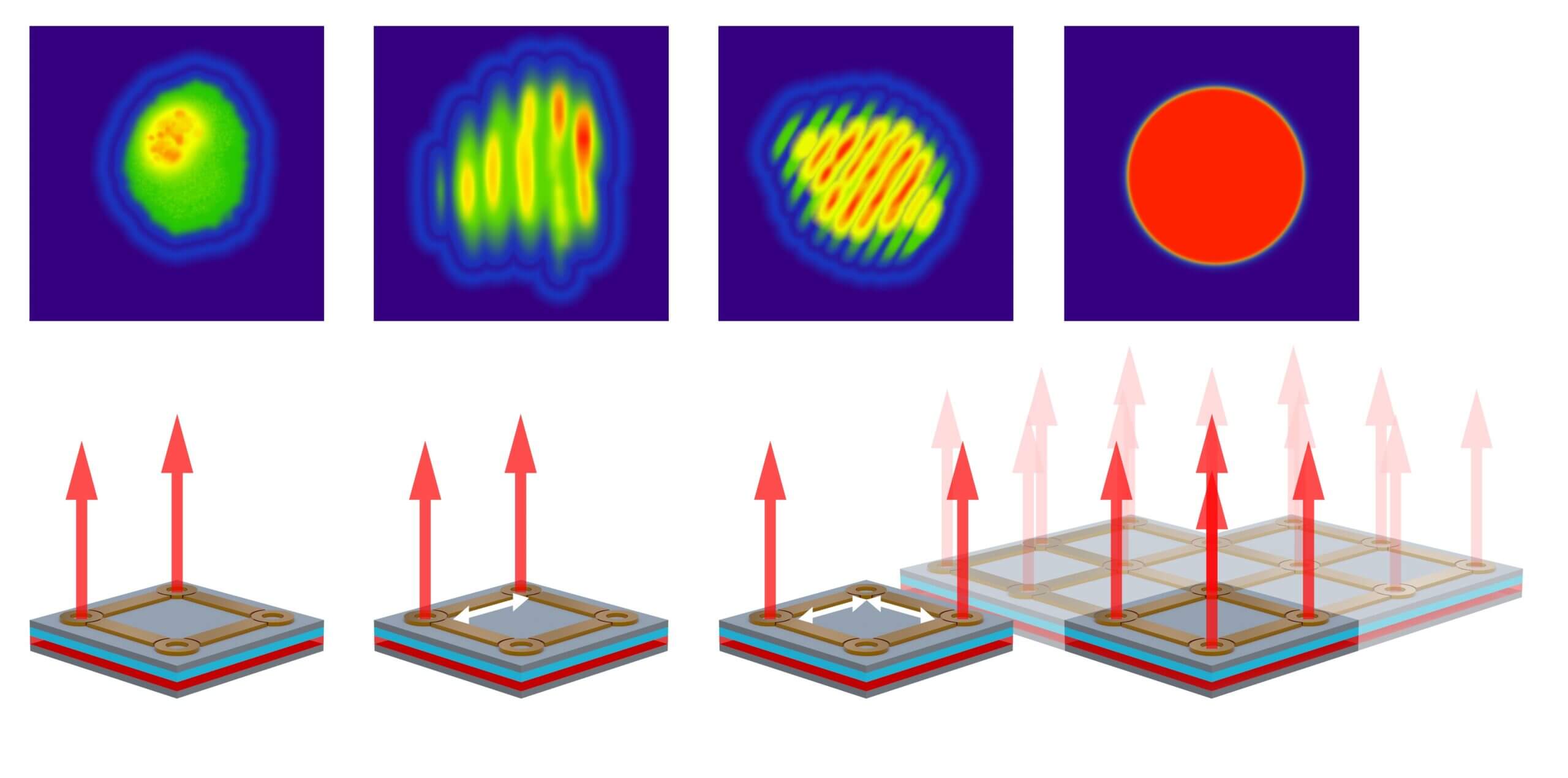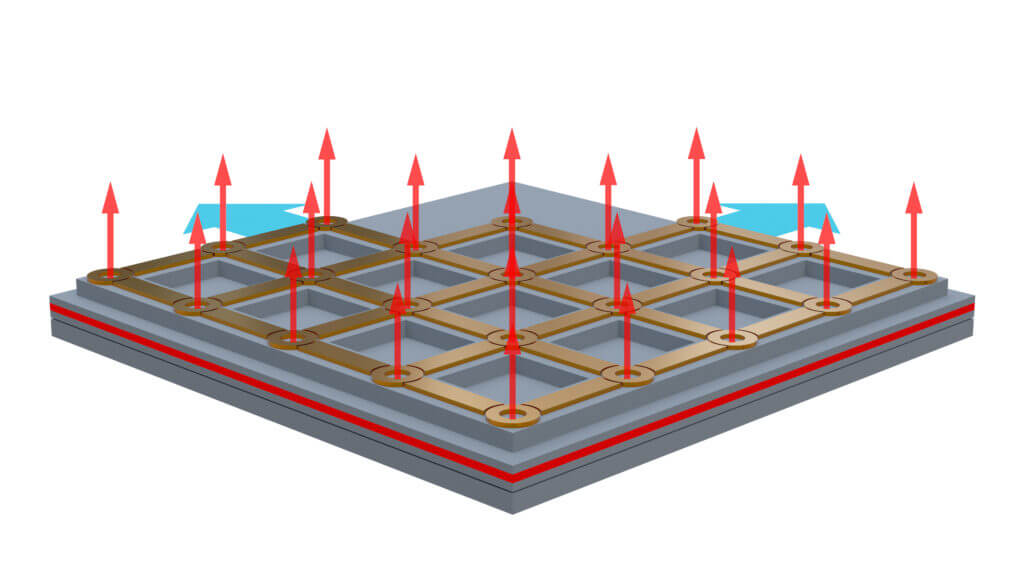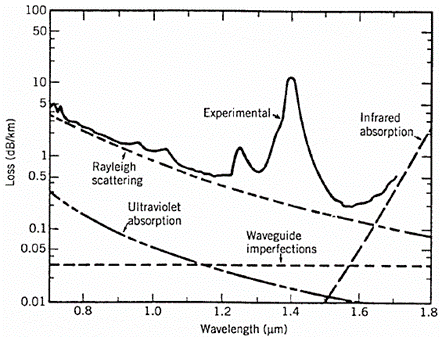The semiconductor laser revolution
PCSELs (Photonic Crystal Surface-Emitting Lasers) are a new type of semiconductor laser that offers a unique combination of advantages: high power, a wide range of wavelengths, and lower manufacturing costs. Because they are made using similar processes as existing lasers, and are easily integrated into electronic devices, they have the potential to improve a wide variety of domestic and industrial applications.
Vector Photonics is at the forefront of the new and developing PCSEL technology. The company’s initial focus is on optical communications, where PCSELs can transmit data through high power, low divergence, surface-emitting lasers. However, the company is also looking at plastic and metal printing applications with LiDAR, mobile consumer and sensing applications close behind.
EELs compromise
cost and ease of assembly
EEL Lasers (Edge Emitting Lasers) have been in production for more than 40 years, where they have proven their reliability and longevity in telecoms and data systems.
FP (Fabry-Perot) and DFB (Distributed Feedback) lasers are both types of legacy, semiconductor EELs. EELs offer high levels of single-mode performance, both from optical spectrum range and power perspectives. However, EELs have two significant disadvantages. The first disadvantage is that they must be precisely aligned and handled to be integrated into systems. This is because single-mode light is emitted from the edge, not the front, meaning the lasers must be precisely aligned within subassemblies to re-direct the light into the correct direction for optical fibres or free space. The second disadvantage is that they require complex manufacturing and testing processes. The semiconductor wafers must be split into bars and finished on each side with reflective coatings. Each laser must be tested at bar level before being ‘singulated’ into individual laser devices for system integration. These multiple processing and testing steps increase cost and reduce yield.
VCSELs compromise
wavelength range and power
VCSELs (Vertical Cavity Surface Emitting Lasers) were first produced in the early 1990’s. They have limited operational wavelengths due to the manufacturing challenges caused by the various material systems required for multi-wavelength operation.
A VCSEL is produced by having two Bragg stacks above and below the active region of the laser. The Bragg stack comprises layers of two materials of differing refractive index ‘grown’ on top of one another. The number of layers, and therefore periods and the refractive index contrast, gives rise to the reflectivity. A high number of periods gives high reflectivity, and high index contrast increases reflectivity per layer.
The VCSEL grating structure also has inherent limitations to the single mode, power levels that can be produced. So, although VCSELs can achieve high speeds and can be produced cost-effectively, their limited single mode performance makes them unsuitable for high-speed datacoms and long-distance telecoms. These limitations also restrict their use in sensing applications to relatively short distances.
Why 1310nm and 1550nm wavelengths are critical in fibre optics.
Single-mode, fibre optic cables have two wavelength windows which offer high performance for different applications. These occur at 1310nm, the optimal datacoms transmission wavelength and at 1550nm, the optimal telecoms transmission wavelength.
At 1310nm, dispersion in a single-mode, fibre-optic cable is at its minimum. This means a pulse of light transmitted through the fibre will arrive at its destination at mostly the same time and relatively intact. This is important because this intrinsically low dispersion transmission puts less demand on a semiconductor laser for coherence. The downside is that there is greater attenuation, or power loss, in the cable at this wavelength, hence 1310nm is used in datacoms applications where distances are shorter.
